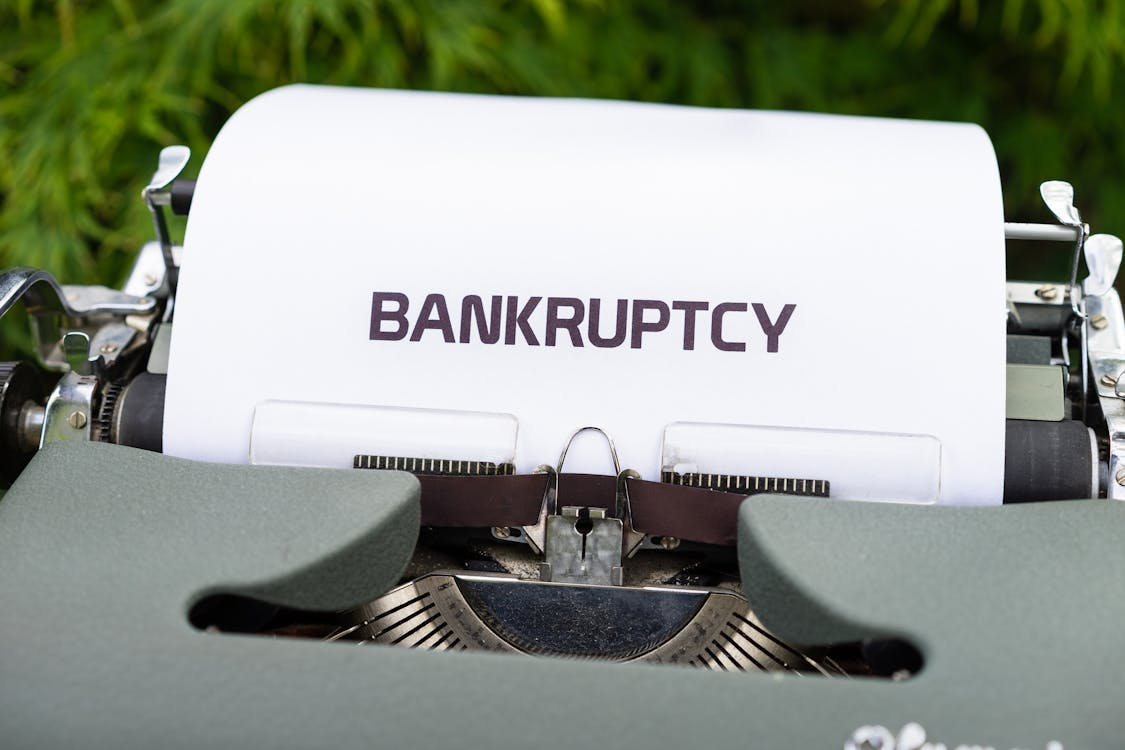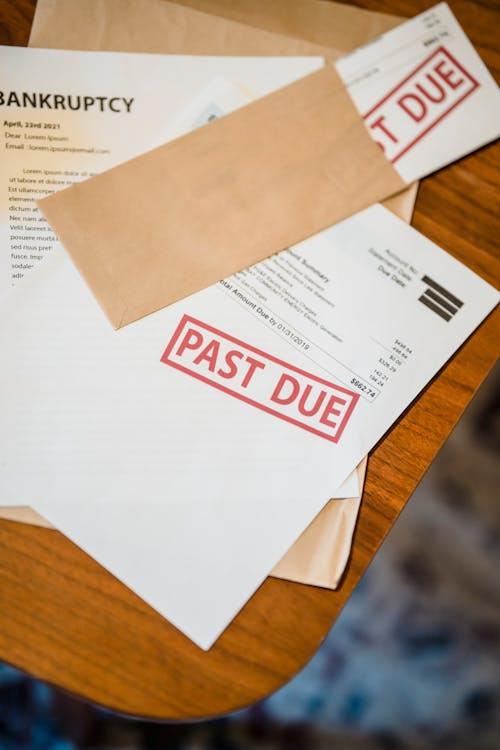Financial hardship can strike unexpectedly, leaving individuals uncertain about how to move forward. When debts become unmanageable, understanding the difference between Chapter 7 vs. Chapter 13 bankruptcy can help determine the most effective route toward financial recovery. Each chapter serves a distinct purpose and fits different financial crises, making it important to evaluate how assets, income, and debt levels affect eligibility.
Understanding Chapter 7 Bankruptcy
Chapter 7, often referred to as “liquidation bankruptcy,” is designed for those with limited income and overwhelming unsecured debt. This process allows qualifying individuals to discharge most debts, such as credit cards, medical bills, and personal loans, typically within a few months.
In many cases, Texas residents are able to retain essential property through state exemptions, including a homestead and personal belongings. While certain assets may be sold to repay creditors, most filers find that their protected property remains untouched. Chapter 7 provides a relatively fast path to a fresh start, but it may not be suitable for those with higher incomes or individuals facing foreclosure on secured debts like mortgages or car loans.
Understanding Chapter 13 Bankruptcy
Chapter 13 functions differently, offering a structured repayment plan for individuals with regular income. Instead of liquidating assets, filers propose a three- to five-year plan to repay part or all of their debts under court supervision. This option can be particularly helpful for those who have fallen behind on mortgage or vehicle payments but want to retain their property.
A Chapter 13 bankruptcy attorney can assist in creating a plan that consolidates payments and prevents repossession, foreclosure, or other collection actions while the case is active. This approach provides the opportunity to catch up on overdue payments while maintaining ownership of important assets, giving debtors a chance to rebuild financial stability gradually.

Which Option Fits Your Situation?
Choosing between Chapter 7 and Chapter 13 depends on individual income, asset values, and the types of debt owed. Those with minimal income and significant unsecured debt may find Chapter 7 more effective, while homeowners or individuals seeking to keep valuable assets may benefit from Chapter 13’s repayment structure.
Bankruptcy is not a one-size-fits-all solution, but for those struggling to pay bills or facing legal actions, it can offer essential protection and relief from constant creditor pressure.
Take the Next Step Toward Financial Relief
For individuals seeking professional guidance through complex financial decisions, the Law Office of Joel Gonzalez provides experienced support and clear legal direction. Whether someone needs help from a bankruptcy lawyer, is seeking credit card debt relief, or requires advice from a debt relief law firm in Corpus Christi, professional assistance ensures every option is carefully evaluated.
For those ready to take control of their financial future, contact us today to discuss which form of bankruptcy may help rebuild stability and peace of mind.








